Mirrors have the power to reflect light, capture stunning reflections, and create intriguing visual effects. In this article, we will explore the magical effect mirrors can have in architectural photography and how they can enhance the overall aesthetic appeal of the final image.
Reflecting Natural Lighting
Natural light plays a vital role in architectural photography, as it highlights the intricate details of a building’s design. Mirrors can act as a tool to redirect or amplify natural light, adding depth and dimension to the photograph. By strategically placing mirrors, the photographer can manipulate the light source, creating a unique interplay between light and shadow. This technique can enhance the texture and color of the building’s surfaces.
- Reflect natural light to highlight specific architectural features
- Add depth and dimension to your photographs
- Create captivating light and shadow patterns
Creating Symmetry and Balance
Mirrors offer an opportunity to create symmetry and balance in architectural photography. By positioning mirrors in a way that reflects the building’s elements, photographers can achieve perfect symmetry and balance in their compositions. This technique elevates the overall aesthetic appeal of the image, making it visually pleasing to the viewer.
- Use mirrors to create symmetrical compositions
- Achieve balance in your architectural photographs
- Create visually pleasing images
Adding a Unique Perspective
Mirrors allow photographers to capture a different perspective of a building. By using reflections, photographers can showcase multiple angles of the same structure in a single frame. This technique adds a sense of depth and complexity to the photograph, making it visually intriguing and thought-provoking.
- Explore unique perspectives through reflections
- Showcase multiple angles in a single frame
- Create visually intriguing photographs
Enhancing Visual Interest
Mirrors can add an element of surprise and intrigue to architectural photography. When used creatively, they can capture unexpected reflections, distortions, and illusions. These captivating visual effects can draw the viewer’s attention and create a sense of curiosity and wonder.
- Capture unexpected reflections and illusions
- Create visually captivating photographs
- Evoke curiosity and intrigue in the viewer
Complementing Modern Architecture
In the realm of modern architecture, mirrors are often incorporated into building designs to create a sense of seamless integration with the environment. By capturing these mirror-clad buildings, photographers can showcase the innovative and contemporary nature of the architecture. It allows viewers to appreciate the harmonious blending of the structures with their surroundings.
- Showcase the integration of mirrors in modern architecture
- Highlight the innovative and contemporary nature of designs
- Appreciate the harmony between buildings and their environment
Conclusion
Architectural photography is an art form that captures the essence and beauty of structures. The creative use of mirrors in this genre elevates the visual appeal and adds a touch of uniqueness to the photographs. Through reflections, mirrors can manipulate lighting, create symmetry, offer different perspectives, add intrigue, and complement modern architecture. By incorporating mirrors in architectural photography, photographers can create compelling and visually captivating images that tell a story and leave a memorable impact on the viewer.
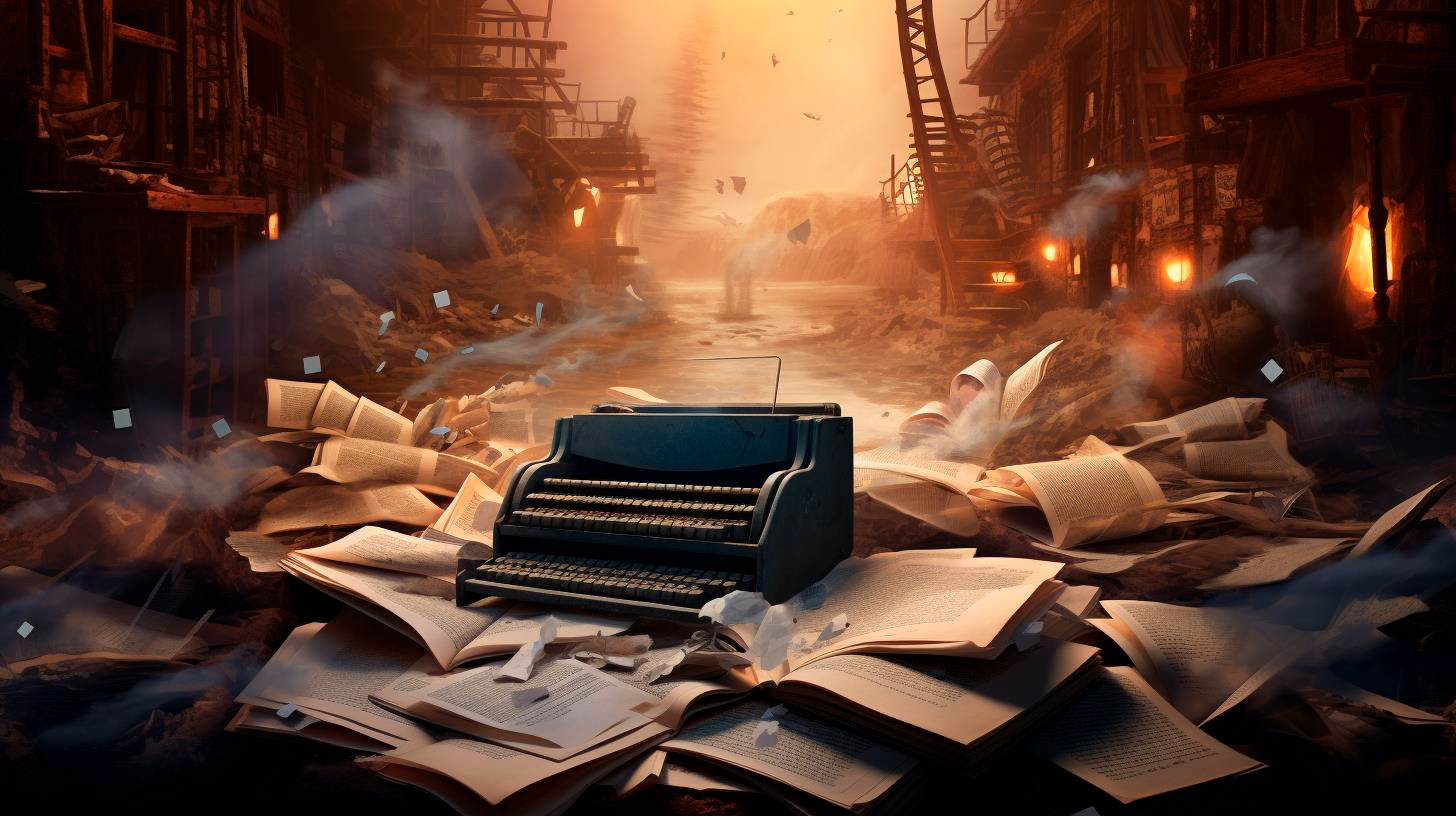
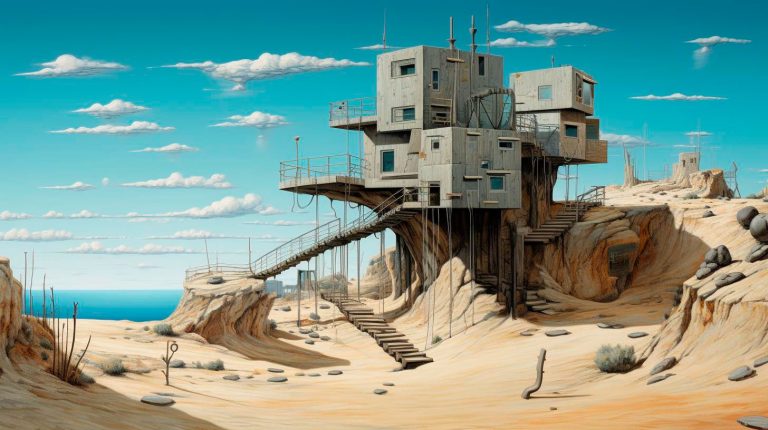

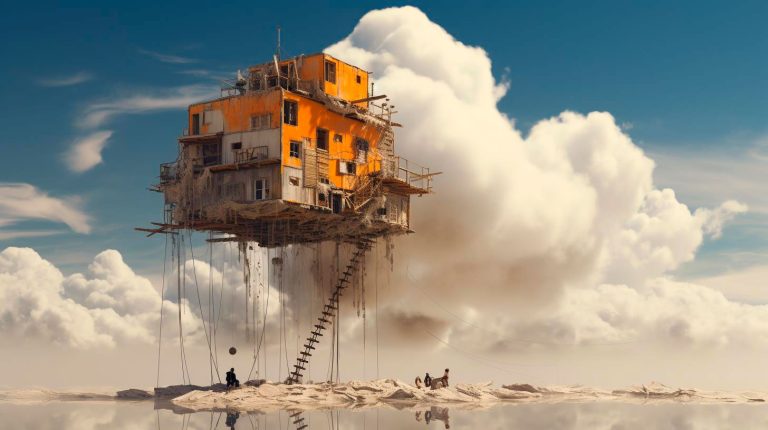
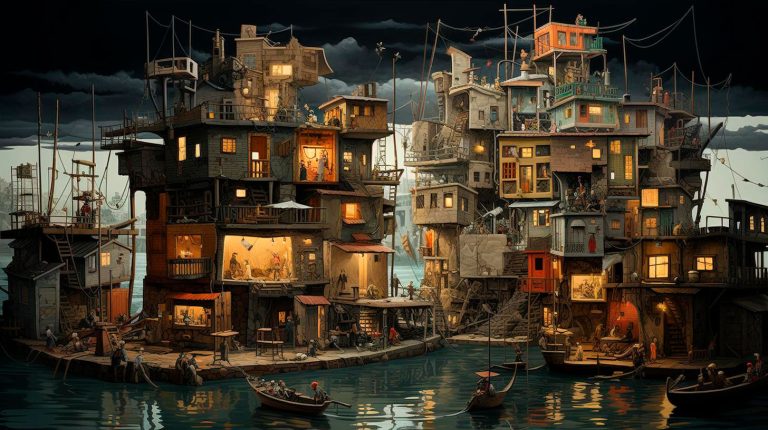
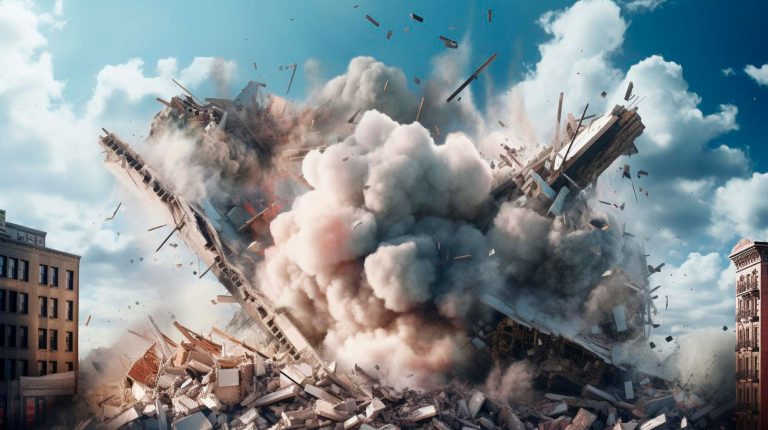








+ There are no comments
Add yours